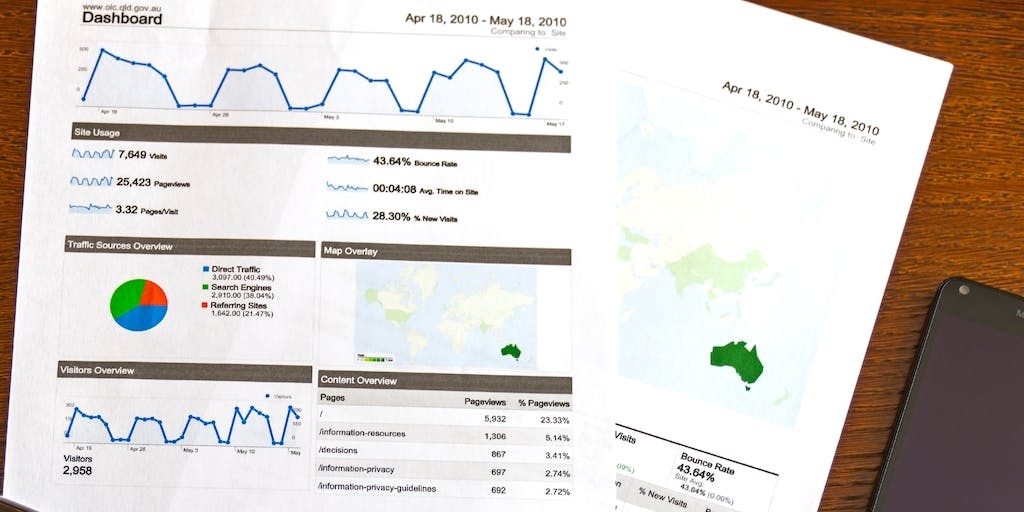Welcome to the financial world’s backstage pass—the Balance Sheet. Often hailed as the cornerstone of financial reporting, the balance sheet provides a snapshot of a company’s financial health at a specific point in time. It’s like a financial compass that guides investors, analysts, and business leaders in understanding the overall well-being of an organization. In this blog post, we’ll delve into the intricacies of it, demystifying its components and decoding the valuable insights it offers.
Balance Sheet – Calculating Equity
Assets
-Liabilities
=Equity
In the dynamic world of finance, the balance sheet stands as a steadfast anchor, grounding us in the reality of a company’s financial standing. As we’ve explored its intricacies, we’ve come to appreciate it not just as a financial document but as a narrative—an unfolding tale of assets, liabilities, and equity. Whether you’re a seasoned investor, a budding entrepreneur, or someone simply curious about the financial underpinnings of the business world, understanding the balance sheet is akin to deciphering a universal language.
So, the next time you encounter the term “balance sheet,” let it resonate as more than just an accounting concept. It’s a financial chronicle, a compass guiding stakeholders through the intricate terrain of fiscal landscapes. With assets, liabilities, and equity in harmony, it echoes the stability and resilience of a well-managed enterprise. May your financial journey be balanced, your assets abundant, and your liabilities manageable. Here’s to financial literacy and the empowering insights of the balance sheet.
Alternative Terminology
Sometimes you may come across scenarios where companies use different terminology on their earning reports. Here are some alternatives to look out for.
| Term | Alternative Term |
|---|---|
| Assets | Current Assets, Noncurrent Assets, Goodwill |
| Liabilities | Accounts Payable, Debt, Obligations |
| Equity | Shareholders’ Equity, Owners’ Equity, Net Assets, Book Value |
See Also: Income Statement Basics, Cash Flow Statement Basics





